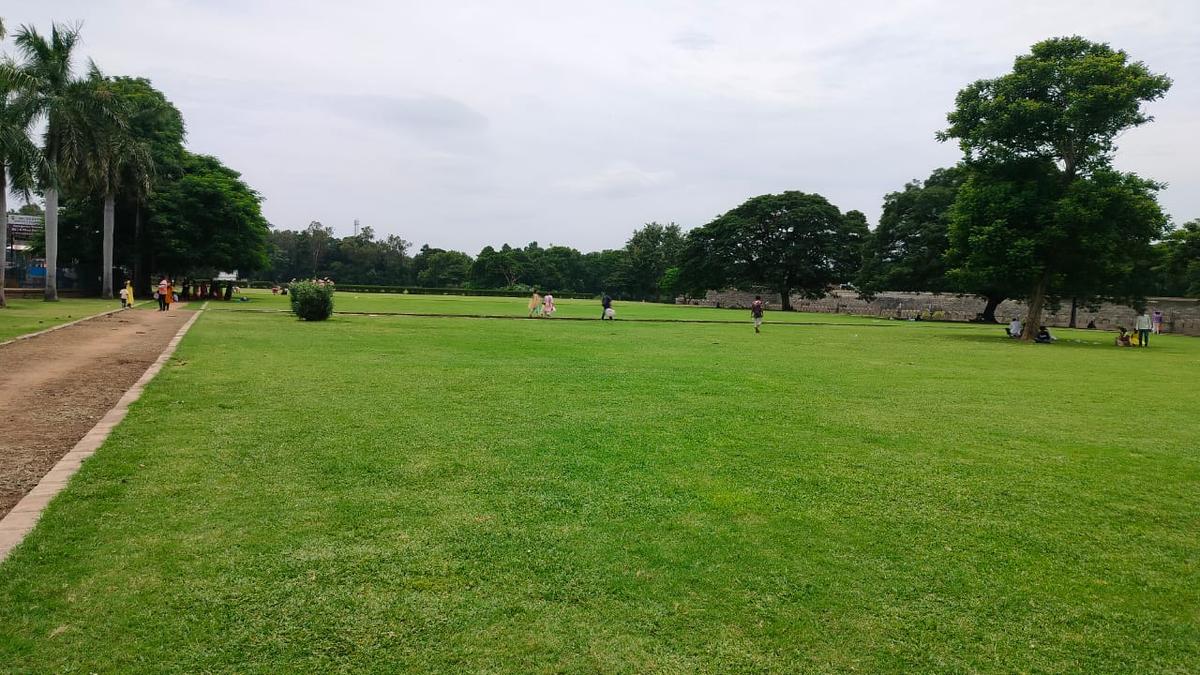
Once a yard for British artillery, now a sprawling park needing restoration
The Hindu
The Archaeological Survey of India (ASI) has been taking steps to spruce up the sprawling park at the 16th-century Vellore Fort complex. The work is expected to be completed in a few months.
The Archaeological Survey of India (ASI) has been taking steps to spruce up the sprawling park at the 16th-century Vellore Fort complex. The work is expected to be completed in a few months.
Spread across nine acres on the eastern side of the fort, the Periyar park remains one of the most visited recreational spots in the town, registering an average footfall of 6,000 tourists during weekends and on holidays. “The park was handed over to us (ASI) by the corporation only in October last year. The renovation of the park is being monitored by M. Kalimuthu, Superintending Archaeologist, ASI (Chennai Circle),” K. Prasanth, Horticulture Officer, ASI (Vellore), told The Hindu.
As part of the beautification work, the entire park is being cleared of tall grasses and bushes (at least four feet high). Native tree species such as neem, banyan, peepal, tamarind, and fruit-bearing trees will be planted to provide shade to the visitors. Buffalo grass will be planted in at least four acres of the park. It has more durability, grows in arid regions, and requires less water.
The existing damaged water pipelines are also being replaced with new non-corrosive pipelines for a distance of 900 metres around the park. Around 40 water hydrains will be installed in the park withing an average gap of 20 metres between each hydrains. Moat remains the primary water source at the park.
Further, the existing steel fencing will be raised to 1.5 metres, and spikes too will be installed, to prevent trespassing, especially during night.
The park abounds with greenery. Not only tourists but the residents also spend time in the park, which received attention recently when Prime Minister Narendra Modi a addressed a public meeting as part of his poll campaign.
Historians say the land parcel on which the park is situated was, during the 19th century, a yard for the British to station their artillery. It was also used as a platform to make for general announcements. Punishments were executed in the open arena that was converted into a park after Independence.











